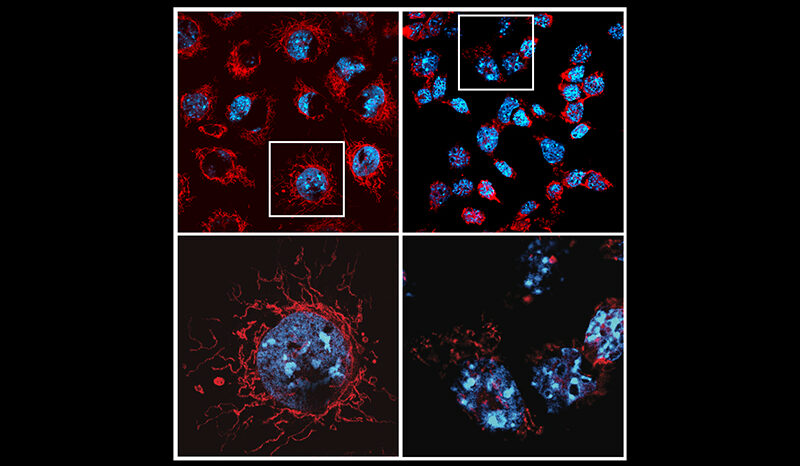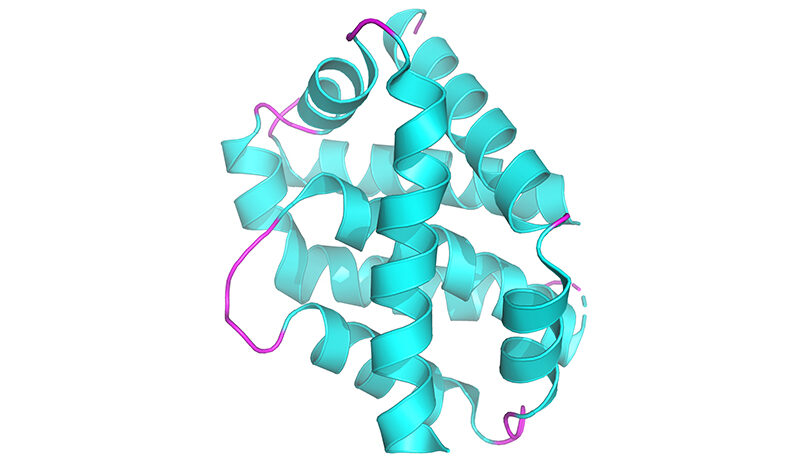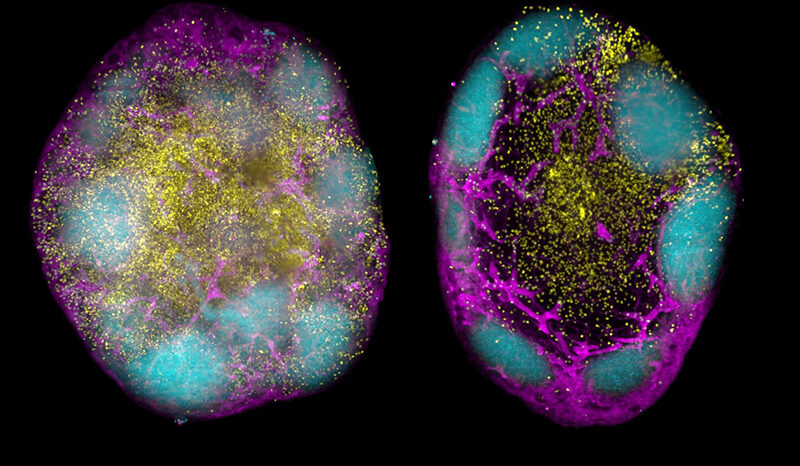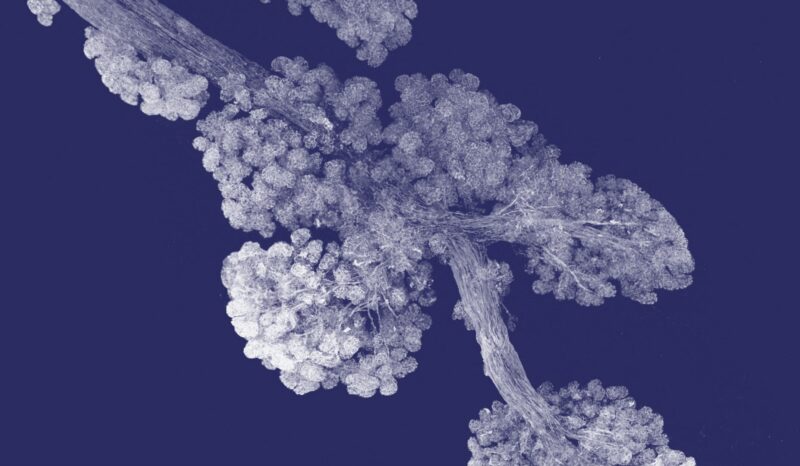Epilepsy discovery
Published today in Nature Genetics, this research advances our understanding of why epilepsy develops and could inform the development of new epilepsy treatments. The research was produced by the International League Against Epilepsy (ILAE) Consortium on Complex Epilepsies.
Epilepsy is a common brain disorder estimated to effect more than 50 million people worldwide, where nerve cell activity in the brain is disturbed, causing seizures. It has a genetic component that sometimes runs in families.
In this study, researchers compared the DNA from almost 30,000 people with epilepsy to the DNA of 52,500 people without epilepsy from around the world. The differences between the two groups highlighted areas of DNA that may be involved in the development of epilepsy.
The researchers identified 26 distinct areas in our DNA that appear to be involved in epilepsy, including 19 that are specific to a particular form of epilepsy called ‘genetic generalised epilepsy’ (GGE). They also identified 29 genes that they believe are probably contributing to epilepsy within these DNA regions.
The researchers also found the genetic picture was different when comparing distinct types of epilepsy, providing clues as to why different epilepsy syndromes exist.
The results also lead researchers to believe that proteins that carry electrical impulse across the gaps between neurons in our brain could make up some of the risk for generalised forms of epilepsy.










